Italy is a tourist and cultural destination loved by both domestic and international tourists: historic cities are a constant attraction and are likely to remain eternally fascinating and visited. Spread throughout the country, museums host artworks telling the history of the nation itself through art and architecture. However, here you won't read about the famous ones but rather about the unconventional Italian museums that you must visit at least once in your life!
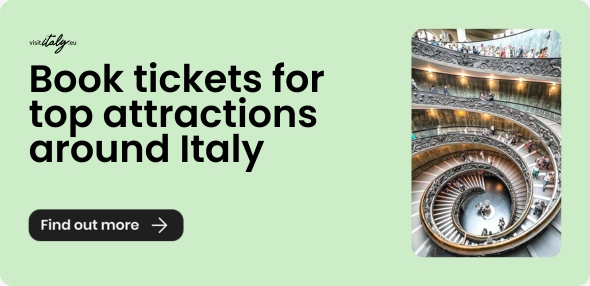
Perugina House of Chocolate and Historical Museum

The Ice Cream Museum
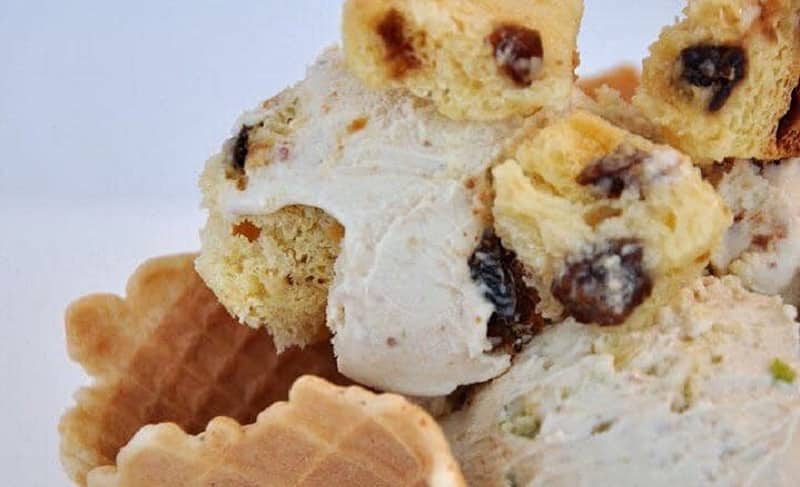
The Bora Museum
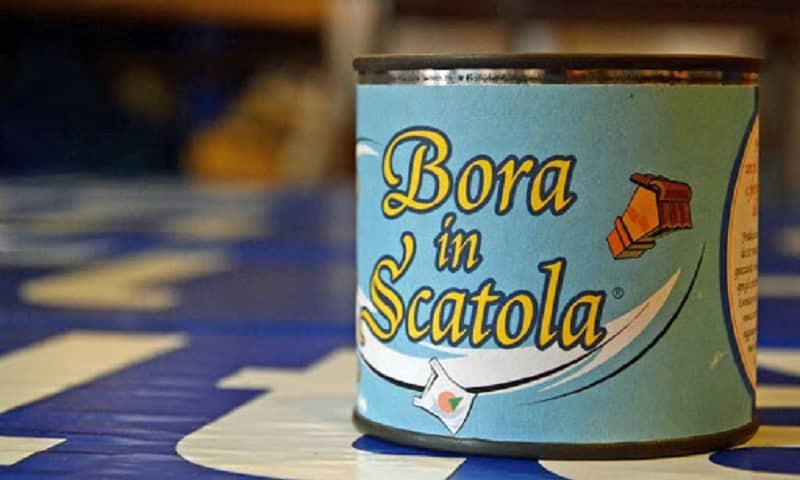
The Parmigiano Reggiano Museum
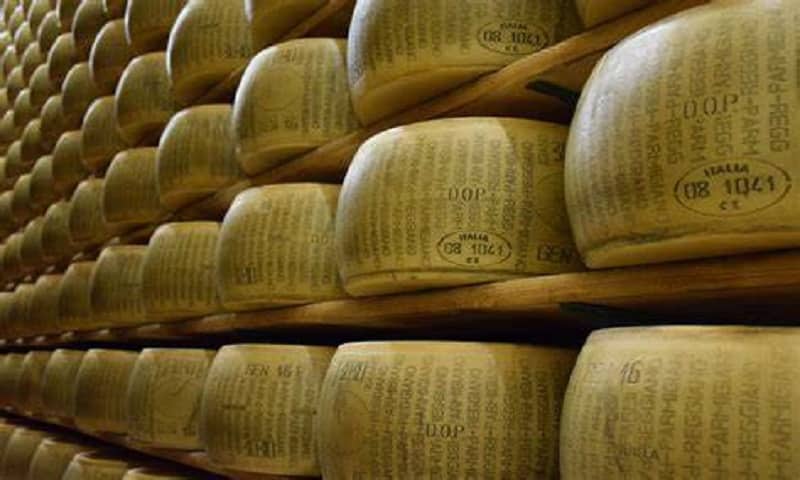
The museum aims to celebrate Parmigiano Reggiano, one of the most appreciated, popular and even copied Made in Italy products in the world.
More than 120 objects, dating between 1800 and the first half of the 20th century, and about a hundred images, drawings and ancient photographs, illustrate, within a building dedicated for centuries to cheese production, the evolution of milk processing techniques, the stages of maturing and marketing, as well as the fundamental role of Parmigiano Reggiano Consortium in safeguarding quality.
WiMu
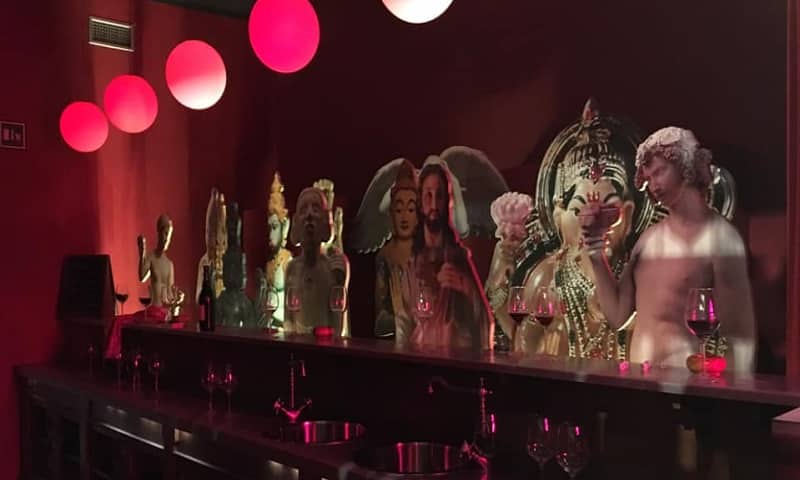
About the author
Written on 01/02/2021

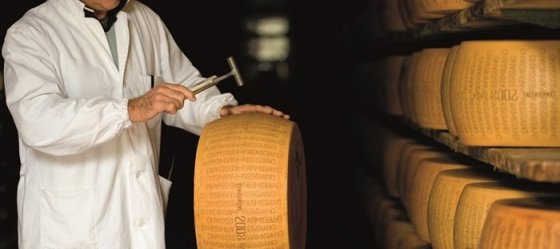

Eleonora Monaco
When Museums reopen, why not visit some unconventional ones all around Italy? From Parmigiano Reggiano Museum to Ice Cream Museum.